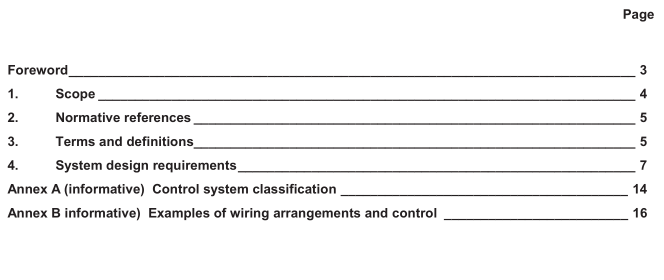EN 14337:2005 – Heating Systems in buildings – Design and installation of direct electrical room heating systems

4.3.2 Sizing
4.3.2.1 Instantaneous heating systems Heat emitters shall be dimensioned taking the design heat loss into consideration. The minimum required output of the installed heat emitters shall be in accordance with EN 12831 and EN 60675 and the heat emitters manufacturer’s data.
The system designer shall consider the effect of occupancy times and reheat periods to optimize the use of advantageous tariff rates.
If intermittently operated appliances are required, an additional output allowance should be provided.
4.3.2.2 Non-instantaneous heating systems Storage heaters shall be selected according to the heat requirements of the area or space. The duration of the charging period should be taken into consideration. Appliance selection shall be in accordance with the appliance manufacturer’s specifications and EN 60531.
4.3.3 Positioning The heat emitter manufacturer’s requirements, mounting heights and fixing positions shall be met. In choosing the location of heat emitters, consideration shall be given to the overall effect upon the control of room temperatures and comfort conditions.
The positionning, type, number and size of the heat emitters in the space, together with the thermal transmittance of windows and/or walls, will influence the differences in the operative temperatures in the space, the radiant temperature asymmetry and draught (air velocity).
4.3.4 Thermal environment If required by the user, documentation and, where appropriate 1 , calculation of the criteria for the thermal environment (difference in operative temperature, radiant temperature asymmetry and draught) shall be fulfilled in accordance with EN ISO 7730.
4.3.5 Surface temperatures In special cases, e.g. schools, nurseries and homes for the elderly, infirm or disabled, the surface temperatures of heat emitters shall be limited in accordance with local or statutory requirements (see EN 60675).
4.4 Controls
4.4.1 General
Compensation between indoor temperature and outdoor climatic conditions should be considered in the interest of energy conservation and continuous indoor thermal comfort.
Control of the heating system shall enable the indoor design temperature to be achieved under varying internal loads. Heating systems shall be served by operational controls.
Control devices shall be in accordance with EN 12098-3, prEN 12098-4, prEN 12098-5 and EN 60531.
The control system shall be designed to enable the users or the energy manager to select internal temperatures within a specified range.
The controls shall be fitted in a readily accessible position.
Temperature sensors should be fitted in a representative location to maintain design conditions, and so that undesirable effects, e.g. from direct solar radiation and curtains, are prevented.
Systems shall only comprise fixed appliances. All appliances shall be provided with an effective means of engineers isolation device.
Consideration shall be given to :
— building design and configuration;
— occupational times;
— users requirement;
— set-back facility to protect the buildings and reduce energy consumption;
— tamper-proof controls.
EN 14337:2005 – Heating Systems in buildings – Design and installation of direct electrical room heating systems